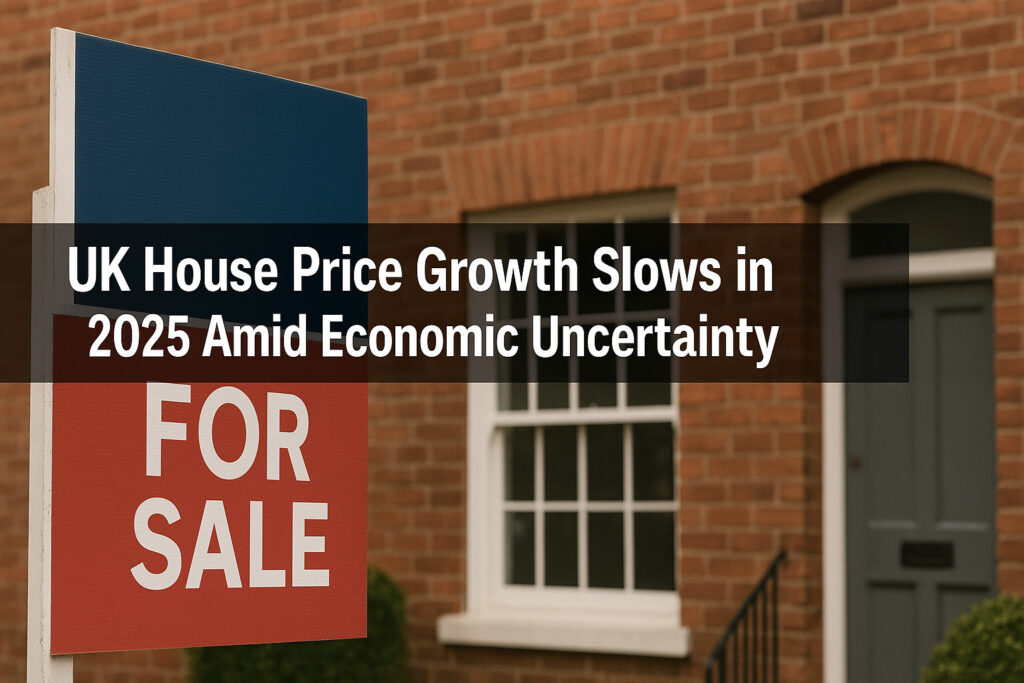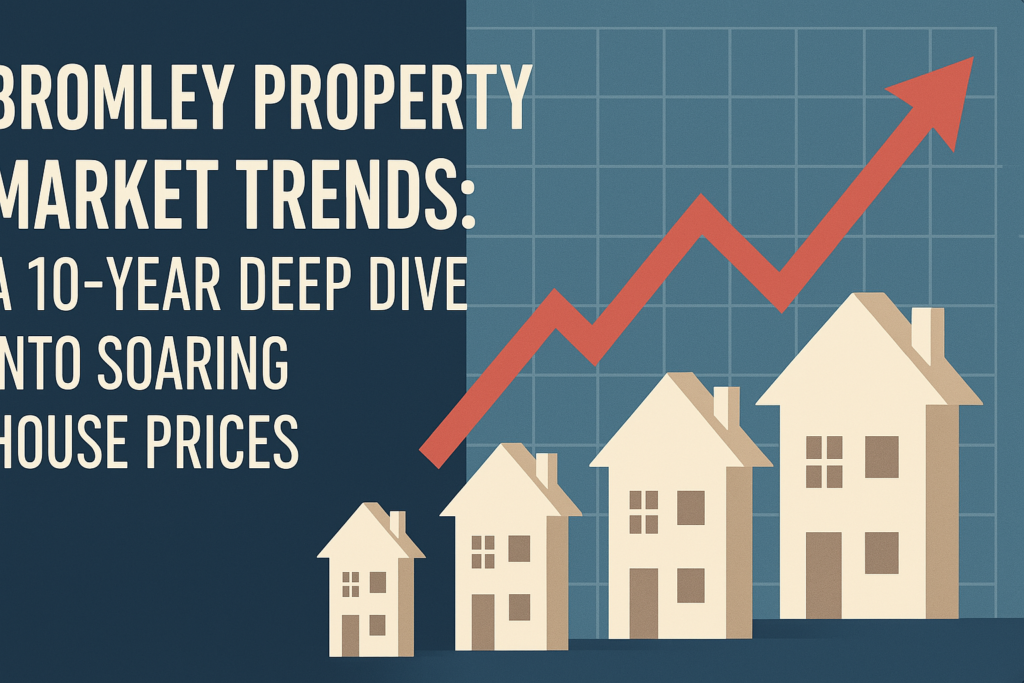Overview of the UK Housing Market in March 2025
In March 2025, the UK housing market experienced a period of stability, with house prices showing no significant change from the previous month. This plateau coincided with the conclusion of the stamp duty holiday, a temporary tax relief measure that had previously stimulated market activity.
The cessation of this incentive led to a predictable softening in market dynamics as buyers and sellers adjusted to the reinstated tax obligations.
Detailed Analysis of House Price Trends
According to data from Nationwide Building Society, the average house price in March 2025 was £271,316, mirroring February’s figures.
On an annual basis, this represents a 3.9% increase, consistent with the growth rate observed in the preceding month. This steadiness suggests that the market had anticipated the end of the stamp duty holiday, with many transactions expedited to benefit from the tax relief before its expiration.
Regional Variations in House Price Growth
The uniform national trend belies significant regional disparities:
Northern Ireland: Demonstrated robust growth, with house prices rising by 13.5% annually, the highest increase recorded since 2021. This surge reflects strong local demand and economic resilience.
Scotland and Wales: Experienced moderate annual increases of 3.9% and 3.6%, respectively, indicating steady demand across these regions.
London: Recorded the most modest growth, with a 1.9% annual increase. The capital’s subdued performance may be attributed to affordability challenges and a shift in buyer preferences towards more spacious properties outside urban centers.
Impact of Stamp Duty Changes on Market Activity
The conclusion of the stamp duty holiday at the end of March 2025 had a pronounced impact on the housing market. Historically, such fiscal policy changes lead to a rush of transactions as buyers aim to capitalize on tax savings, followed by a temporary slowdown. This pattern was evident, with many transactions accelerated to meet the deadline, resulting in a quieter market in the immediate aftermath.
Future Outlook for the UK Housing Market
Looking ahead, several factors are poised to influence the trajectory of the housing market:
Economic Indicators: The UK economy continues to exhibit resilience, with low unemployment rates and real wage growth supporting buyer confidence. These factors are expected to underpin steady demand in the housing sector.
Interest Rates: The Bank of England’s monetary policy, including potential adjustments to interest rates, will play a crucial role in determining borrowing costs and, consequently, buyer affordability.
Government Policies: Initiatives aimed at increasing housing supply and improving affordability, such as investments in social and affordable housing, are anticipated to impact market dynamics positively.
Annual House Price Growth by Region – March 2025
Northern Ireland: 13.5%
North West England: 5.9%
West Midlands: 5.8%
Scotland: 3.9%
Wales: 3.6%
London: 1.9%
Frequently Asked Questions (FAQ)
Why did UK house prices remain steady in March 2025?
UK house prices stayed flat in March 2025 largely due to the end of the stamp duty holiday. Buyers rushed to complete transactions before the deadline, leading to a temporary slowdown in demand immediately after.
What is the current average house price in the UK?
As of March 2025, the average UK house price is £271,316, unchanged from February.
Which UK region saw the highest house price growth?
Northern Ireland recorded the strongest annual growth, with house prices rising by 13.5% compared to March 2024.
Why is house price growth slower in London?
London’s growth rate was the lowest at 1.9% due to high property prices, affordability issues, and an ongoing trend of buyers seeking more space outside the capital.
What effect did the end of the stamp duty holiday have?
The end of the stamp duty holiday reduced immediate demand, as many buyers had already completed their purchases beforehand to take advantage of the tax savings.
Will house prices continue to rise in 2025?
Market analysts expect moderate growth throughout 2025, driven by economic stability, wage growth, and ongoing demand—though tempered by affordability concerns and interest rate adjustments.
How do interest rates affect house prices?
Higher interest rates increase mortgage costs, which can limit what buyers can afford, potentially cooling the market. Conversely, lower rates typically boost demand and house price growth.
Are first-time buyers still active in the market?
Yes, but they face challenges. Rising prices, limited affordable housing, and higher borrowing costs continue to affect affordability for many first-time buyers.
Conclusion
The UK housing market in March 2025 exhibited stability in house prices, reflecting the anticipated impact of the stamp duty holiday’s conclusion.
While national figures remained steady, regional variations highlighted differing local dynamics.
Moving forward, economic fundamentals and policy interventions will be critical in shaping the market’s direction, with expectations of gradual activity resumption as the year progresses.
Read our other Blogs:
Addressing the Affordable Housing Crisis in the UK: Insights from the 2025 Spring Statement
Senior Conservatives and Major Landlords Strategize to Oppose Renters’ Rights Bill





